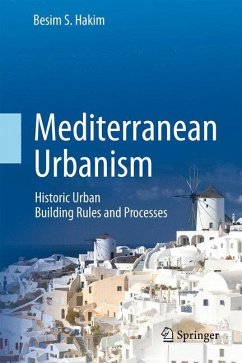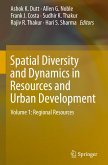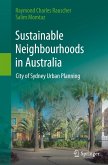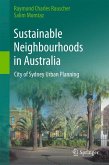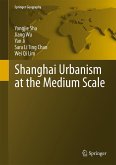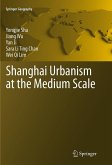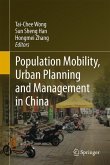This book brings together historic urban / building rules and codes for the geographic areas including Greece, Italy and Spain. The author achieved his ambitious goal of finding pertinent rules and codes that were followed in previous societies for the processes that formed the built environment of their towns and cities, including building activities at the neighborhood level and the decision-making process that took place between proximate neighbors. The original languages of the texts that were translated into English are Greek, Latin, Italian, Arabic and Spanish. The sources for the chapter on Greece date from the 2 nd century B.C.E. to the 19 th century C.E. Those for the chapter on Italy date from the 10 th to the 14 th centuries C.E. and for the chapter on Spain from the 5 th to the 18 th centuries C.E. Numerous appendices are included to enhance and elaborate on the material that make up the chapters. This book provides lessons and insights into how compact and sustainable towns and cities that are greatly admired today were achieved in the past and how we and future generations can learn from this rich heritage, including the valuable insight provided by the nature of the rules and codes and their application through centuries of continuous use.
"This is a book that ought to be in the library of any serious student of urbanism and urban morphology - and anyone else who believes that in meeting our modern urban challenges, we have much to learn from centuries of urban history. ... The book is also a sheer pleasure to read. Professor Besim Hakim writes in a very lucid and accessible style, and his book is beautifully illustrated." (Michael Mehaffy, Amazon.com, March, 2015)
"Besim Hakim presents here a remarkable and comprehensive work on historical urban codes. ... This book must be read ... by every urbanist who wishes to understand how historical living cities evolve on their own, and how to apply those mechanisms to humanize urban form today." (Nikos A. Salingaros, Amazon.com, February, 2015)
"Besim Hakim presents here a remarkable and comprehensive work on historical urban codes. ... This book must be read ... by every urbanist who wishes to understand how historical living cities evolve on their own, and how to apply those mechanisms to humanize urban form today." (Nikos A. Salingaros, Amazon.com, February, 2015)

